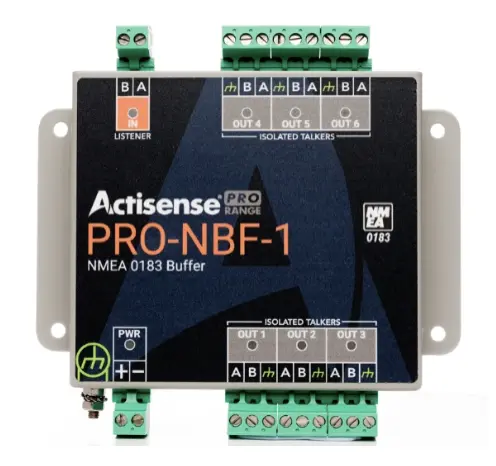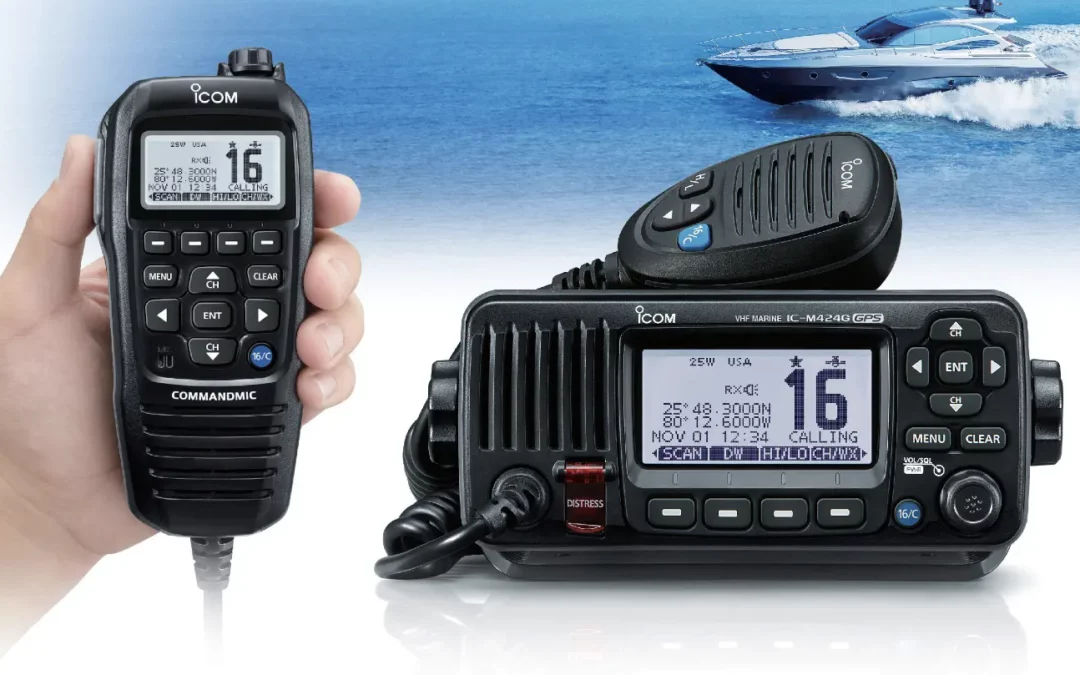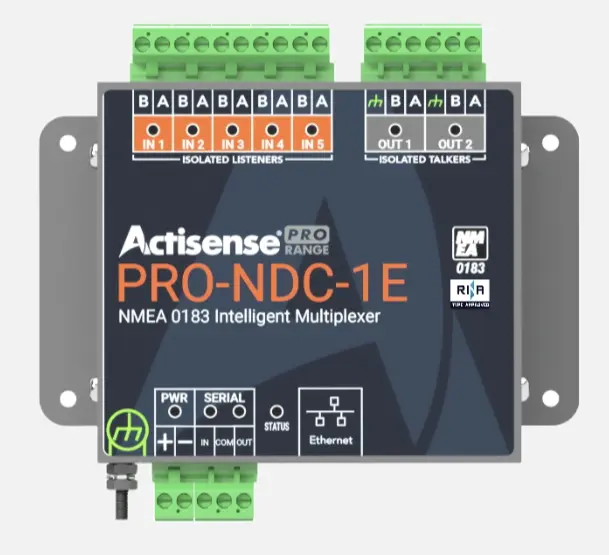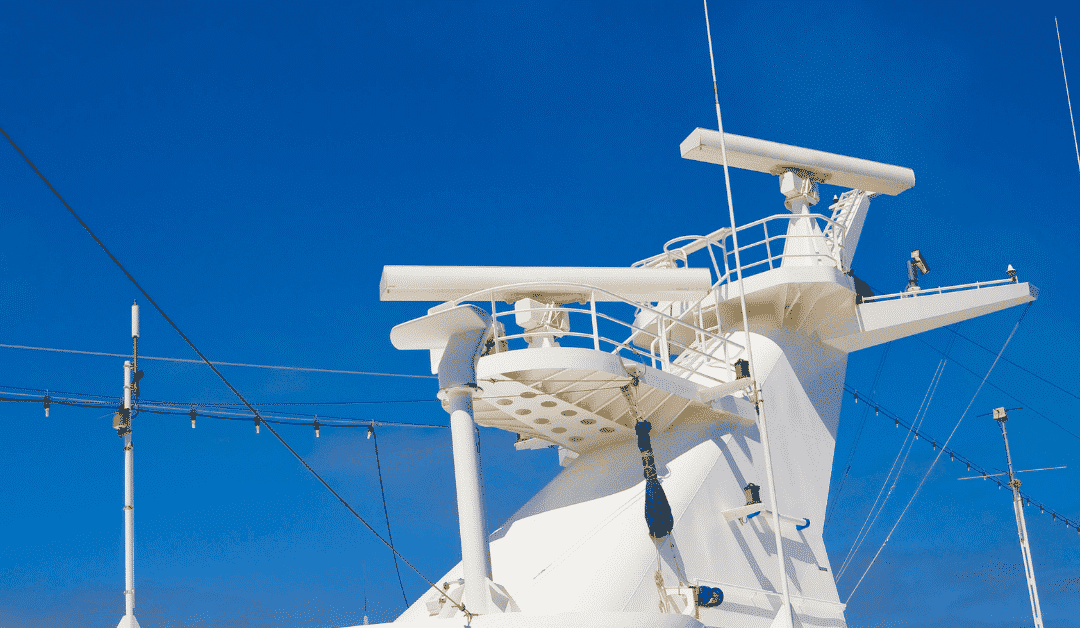When it comes to marine communication many enthusiasts and users know about the basics: using Ham and SSB radio equipment, what are the popular marine radio communication equipment, or even how to choose radio communication equipment for your marine vessel.
But what about more advanced equipment such as two-way radio repeaters: How do they work? And is it worth it to get one for your vessel for when you’re out at sea?
Here’s what you need to know:
What is a Two-Way Radio Repeater?
In simple terms, a two-way radio repeater like the Yaesu DR-1X is a device made out of 5 components – Receiver, Transmitter, Antenna, Feed Line, and Controller – that extends the range of radio signals. It takes in a weak signal and ‘repeats’ (transmits) it again at higher power allowing the signal to be relayed over longer distances, across mountains, or built-up areas, eliminating dead zones. They also eliminate interference and noise, making the signal clearer for more effective communication.
Having two-way capabilities also means that information can be exchanged back and forth between multiple parties. This has led two-way radio repeaters being referred to as ‘transceivers’ as they can both transmit and receive.
Two modes are present on a two-way radio repeater: Duplex (or Full Duplex) Mode and Half-Duplex Mode.
In Full Duplex mode a discrete channel is assigned for each flow of communication allowing you to both transmit and receive information simultaneously. In Half-Duplex mode, commencement of trans-receiving is signalled using a push-to-talk button.
Some newer two-way radio repeater models have a Hybrid mode available. This works similar to Duplex mode in default by operating on fixed RF channels while also giving you the option to manually select a physical RF channel depending on availability (similar to Simplex mode). This means additional flexibility when seeking out modes of communication.
What are the Benefits of a Two-Way Radio Repeater?
There are many benefits of having a two-way radio repeater on your marine vessel.
The simplest reason is you will have consistent access to radio communication even when further from shore. As you sail further from shore, your communication channels may become erratic or inconsistent until they vanish altogether. Having a repeater on board helps keep you in contact with on-the-ground staff and services for longer by boosting the radio signal.
Two-way radio repeaters also allow you to keep in contact with other fleet members while out at sea or use the radio to carry out business tasks.
How do I know if I need a Two-Way Radio Repeater?
Two-way radio repeaters like the ICOM IC-FR6000 are commonly used in places where the base signal strength of marine radio equipment is poor. This poor signal could be due to distance from shore, distance from other vessels in your fleet, bad weather, static, or atmospheric conditions causing noise interference.
Even during normal conditions you might face inteference due to RF attenuation in the air, water, and surroundings that can obscure your radio signal. Two-way radio repeaters enable you to bypass such obstacles so you don’t have to worry about external factors such as the radio horizon or curvature of the earth.
It is best to install a two-way radio repeater on your vessel if possible so that you do not get caught off guard should unexpected conditions occur.
Buy Quality Radio Communication Equipment on Tecomart
While two-way radio repeaters are not necessary for marine vessels out at sea to have, they have a strong advantage in ensuring you have an unbroken chain of communication with other key personnel. As with all safety-related equipment, it is imperative to buy your two-way radio repeater from a reliable and trusted supplier such as Tecomart.
Tecomart has been supplying marine navigation and radio communication equipment across the region for the past 28 years. We offer a variety of radio repeaters for sale to ensure that you can get high-quality equipment at an affordable price.
Get in touch with us for more information or find out more in our FAQs.







0 Comments